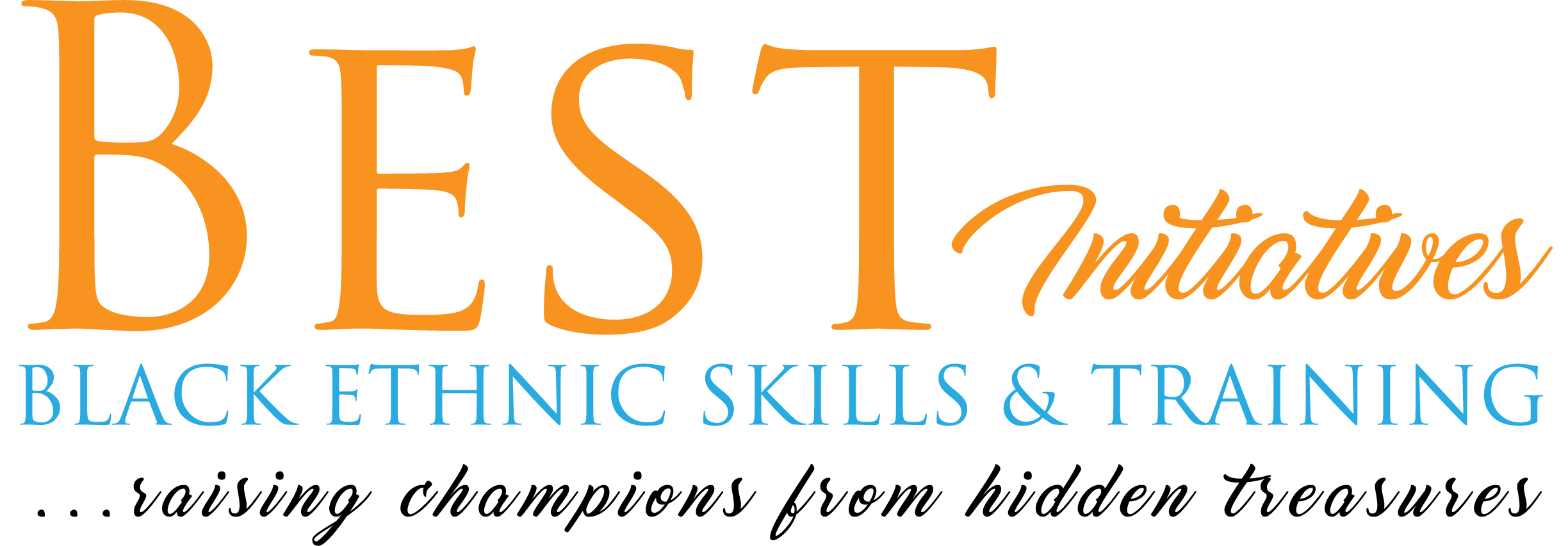Introduction
In today’s world, the rising cost of living has become a pressing issue for many, but it affects disadvantaged people in Black and Minority Ethnic (BME) communities disproportionately. The cost of living crisis is not only a financial burden but also a social and political issue that demands attention. In this blog, we will explore the implications of this crisis on BME communities, shedding light on the challenges they face and the potential solutions that can alleviate their struggles.
Understanding the Cost of Living Crisis.
The cost of living crisis refers to the situation where essential expenses such as housing, food, transportation, and healthcare are increasing at a rate much higher than income growth. This makes it increasingly difficult for individuals and families to make ends meet, leading to financial strain and emotional stress.
Disadvantaged People in BME Communities: A Vulnerable Population
BME communities often face unique and compounded challenges compared to the general population, which intensifies the impact of the cost of living crisis. Here are some of the reasons why they are more vulnerable:
- Discrimination: BME individuals often face discrimination in employment, education, and housing, limiting their access to well-paying jobs and affordable housing.
- Economic Disparities: A history of economic disparities has left many in BME communities with limited access to resources and opportunities, making them more susceptible to financial hardship.
- Cultural and Language Barriers: Language and cultural barriers can limit access to information, services, and resources, exacerbating the challenges posed by the cost of living crisis.
The Impact of the Cost of Living Crisis on BME Communities
- Housing Insecurity: Rising rents and property prices have led to housing insecurity for many in BME communities, increasing the risk of homelessness.
- Food Insecurity: As the cost of groceries and other essentials continues to rise, many families in BME communities struggle to put food on the table.
- Health Disparities: The cost of healthcare, combined with limited access to health services, results in health disparities among disadvantaged BME individuals.
- Educational Disadvantage: The cost of education, including tuition and extracurricular activities, can create barriers to academic success for BME students.
- Mental Health Impacts: Financial stress and uncertainty take a significant toll on the mental health of BME individuals, leading to anxiety and depression.
Addressing the Crisis: Potential Solutions
- Anti-Discrimination Policies: Stricter enforcement of anti-discrimination policies can help level the playing field in employment and housing, providing better opportunities for BME individuals.
- Affordable Housing Initiatives: Government and community-based initiatives can be developed to create more affordable housing options for BME communities.
- Education Access: Scholarships and financial aid programs should be expanded to ensure that BME students have equal access to quality education.
- Healthcare Access: Improving healthcare access and affordability can help reduce health disparities in BME communities.
- Financial Literacy Programs: Promoting financial literacy in BME communities can help individuals better manage their finances and save for the future.
Conclusion
The cost of living crisis affects disadvantaged people in BME communities disproportionately, but addressing this issue is a shared responsibility. By implementing policies and initiatives that focus on economic equality, social inclusion, and access to education and healthcare, we can work towards mitigating the impact of this crisis. It’s crucial to recognise that a more equitable society benefits everyone, fostering greater social cohesion and shared prosperity for all.

